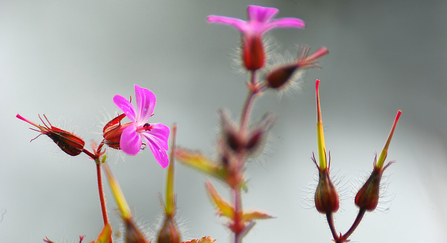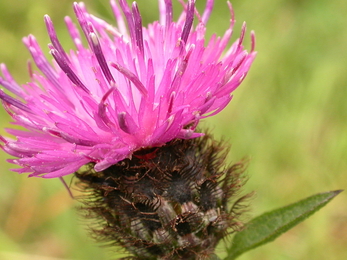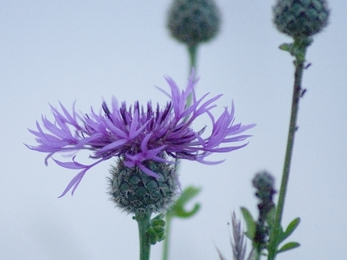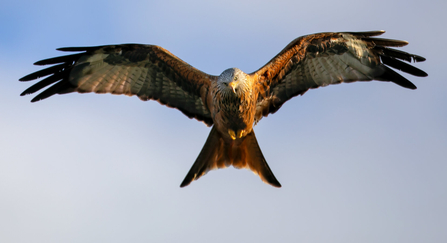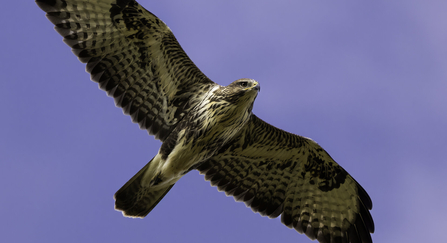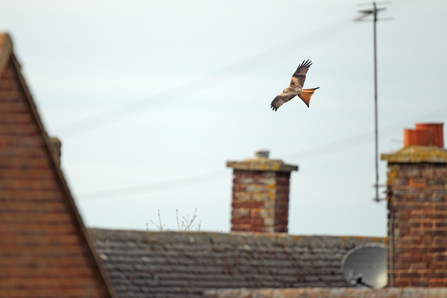I was stretched out on the grass the other day, soaking up the summer sunshine and listening to the familiar rhythmic chirping song of an insect when the little critter suddenly landed on my arm! Was it a grasshopper or a cricket? Before I could decide it ‘pinged’ away again out of sight!
How do you tell the difference between the two? Apparently, the easiest way is to look at their antennae: crickets have long fine antennae, whereas grasshoppers' antennae are short and thick. And there are plenty of other interesting differences too: most crickets are ‘crepuscular’, which means they come out at a dusk, whereas grasshoppers are mostly active during the day, at their best in the hot sunshine. Crickets tend to eat animal matter such as smaller insects, while grasshoppers are herbivores and mostly feed on grass. They also ‘stridulate’ or sing differently; crickets sing by rubbing their wings together, grasshoppers sing by rubbing their long hind legs against their wings.




